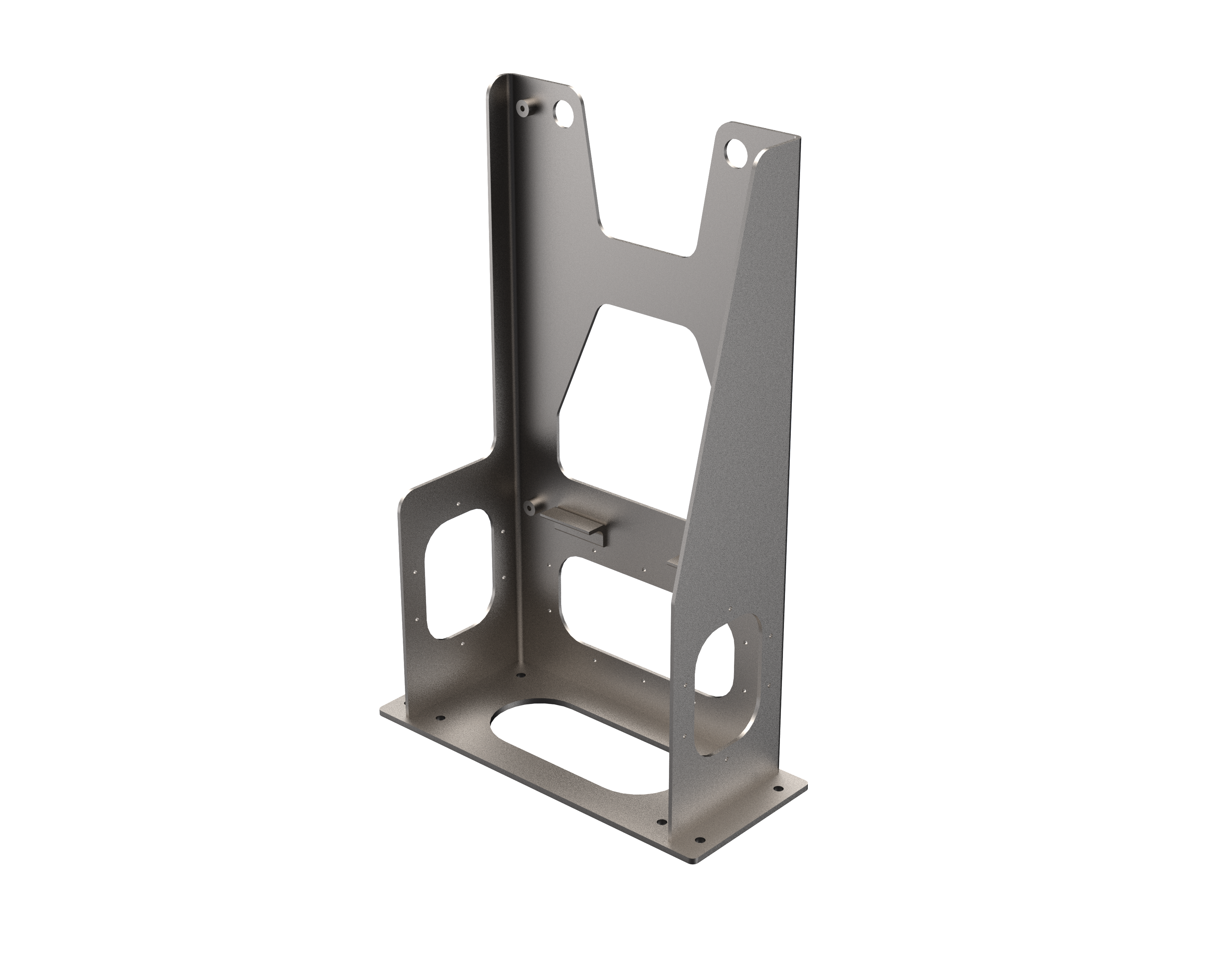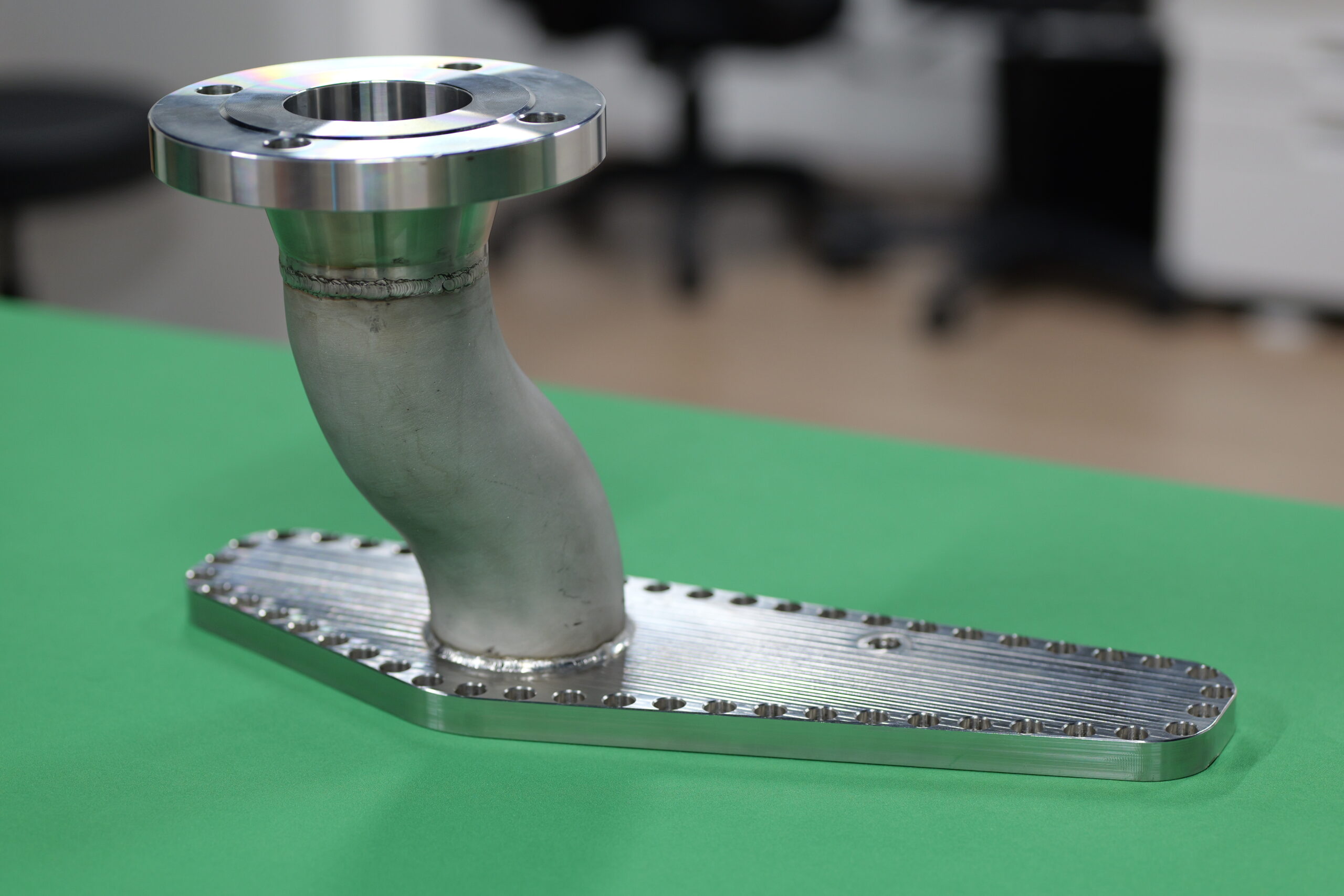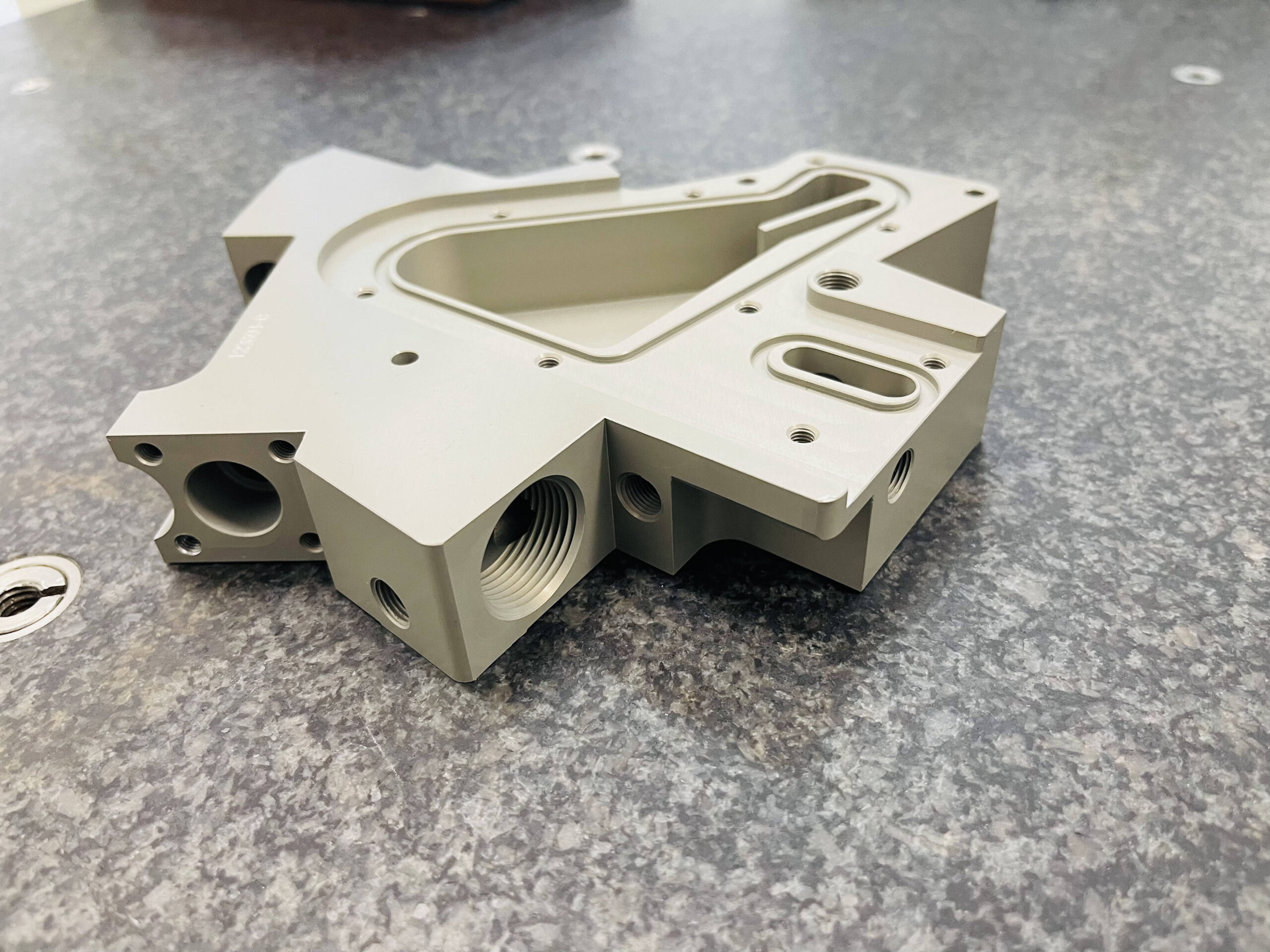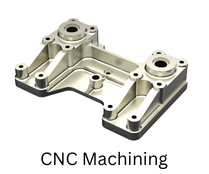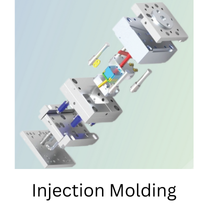POWERING THE FUTURE OF HYDROGEN ENERGY
- Quotes in 3 days
- No minimum order quantities
- DFM Feedback from Experts
High-Precision Electrolyser Components Manufacturing
CIMtech is committed to advancing the hydrogen energy sector with top-quality components for electrolysers. With more than two decades of precision manufacturing expertise, we produce a wide range of crucial parts, including plates, end plates, threaded rods, high-pressure manifolds, and ASME welded assemblies. Our attention to detail and commitment to innovation ensure that every component supports the efficiency and longevity of electrolyser systems, essential for the clean energy future.
- Processes
- Material
- Finishes
We employ advanced manufacturing processes to deliver exceptional quality in every aerospace component we produce. Our state-of-the-art CNC machining allows for precise and repeatable production of complex parts, ensuring tight tolerances and superior accuracy. From initial design to final assembly, our team leverages the latest technologies in additive manufacturing, metalworking, and sheet metal forming to bring your projects to life. We also offer comprehensive prototyping services, enabling rapid development and testing of concepts before full-scale production.
- 6061 Aluminum
- 6063 Aluminum
- 2024 Aluminum
- 7075 Aluminum
- 4140 Steel
- AZ61 Magnesium
- Grade 2/5 Titanium
- 304 Stainless Steel
- 316 Stainless Steel
- 17-4 PH Stainless Steel
- PEEK 30
- Ultem 1010
- Anodizing
- Alodine
- Electroless Nickel Plating
- Hand/Electropolishing
- Media Blasting/Tumbling
- Passivation
- Powder Coating
- Vapor Polishing
- Zinc Plating
- Copper Plating
- Cadmium Plating
- Gold Plating
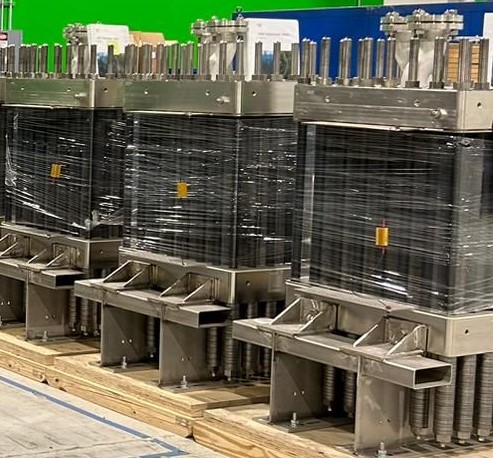
CIMtech's Quality Supply for Electrolyzer Manufacturer
An electrolyzer manufacturer in New York faced challenges with their previous suppliers, who struggled to deliver high-quality components. Seeking a reliable partner, they turned to CIMtech for the supply of threaded rods and titanium plates. CIMtech’s commitment to quality included 100% inspection of every component, ensuring precise manufacturing standards were met. By replacing their unreliable suppliers, the manufacturer saw a significant improvement in product consistency and performance. CIMtech's consistent delivery of high-quality materials not only boosted the manufacturer's production efficiency but also helped them maintain the rigorous standards required for electrolyzer technology.
Why Electrolyser Companies Choose CIMtech
Expertise in Clean Energy Manufacturing
With over 20 years in the industry, CIMtech delivers high-precision components for the growing electrolyser market, contributing to a sustainable energy future.
Versatile Manufacturing Capabilities
From high-precision machining to robust welding solutions, we offer the full range of services required for electrolyser component production.
Material Selection Excellence
We carefully choose from a wide range of materials—such as stainless steel, titanium, and custom alloys—to meet the rigorous demands of electrolyser performance.
FAQs About Electrolyser
Our components are designed to facilitate the production of green hydrogen, a clean energy source that reduces greenhouse gas emissions and supports sustainable energy initiatives.
CIMtech manufactures critical electrolyser parts including plates, end plates, threaded rods, high-pressure manifolds, and ASME welded assemblies, tailored to meet your specifications.
Yes, we offer prototyping services to develop and test components before full-scale production. Our engineers work closely with clients to ensure the designs meet both functional and cost-effective goals.
Absolutely. Our advanced manufacturing capabilities allow us to efficiently handle large-scale production runs, while maintaining the high standards of quality and precision required for electrolyser components.


